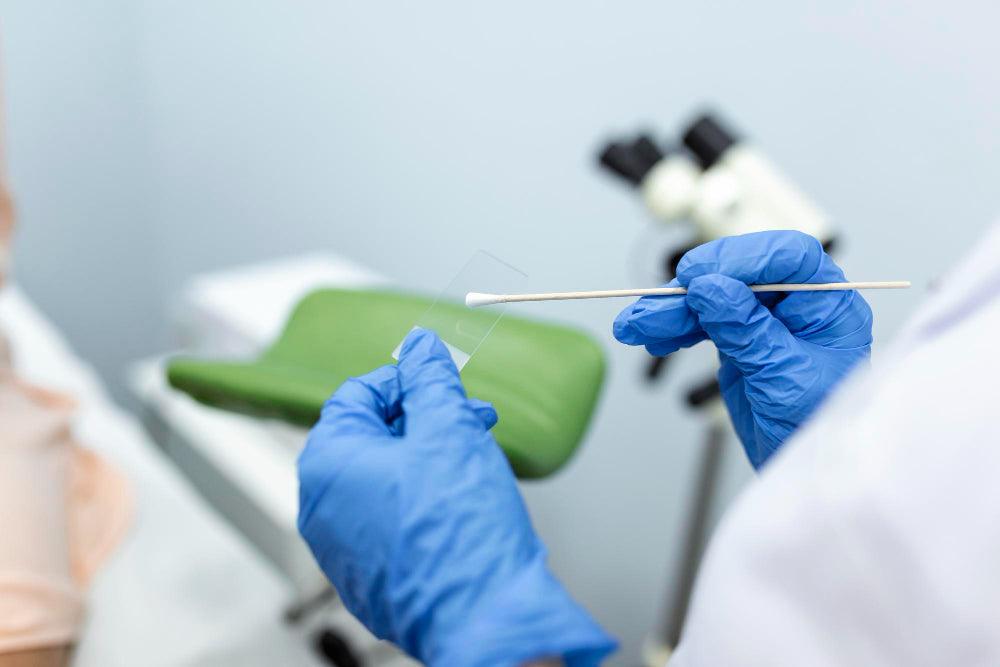Cervical swabs: what do they test for?


Related products
What’s covered?
Cervical swabs: what do they test for?
If you've ever had a cervical swab, you may have wondered what it tests for. A cervical swab is used to take a specimen from the cervix to test for sexually transmitted infections (STIs) and other conditions.
STIs are ubiquitous, so it's important to know what the test results mean for your health. This article will outline the most common tests performed with a cervical swab. We'll also explain what each result means for your health. Keep reading to learn more.
Cervical swabs: What are they?
Most women are not familiar with the term "cervical swab." Some took it as the same as the Pap smear test. However, the latest cervical screening test procedure is similar to a Pap smear.
Yet, a pap test does not check for sexually transmitted infections (STIs) or other vaginal infections. A vaginal swab, on the other hand, is often used to check for other conditions when a woman gets a pap test.
Your doctor or nurse will use a cotton swab to take a fluid sample that keeps the vaginal lining moist. With a swab, you can test for infections like chlamydia, gonorrhoea, yeast infections, and other sexually transmitted diseases.
Suppose a woman has vaginal symptoms like an odour, itching, or a change or increase in discharge. In that case, she should get a swab done to check for these bacterial infections.
What do cervical swabs test for?
Often, swabs are taken from inside your vaginal canal and cervix. These are sent to a lab where signs of a bacterial infection are examined, and the bacteria that caused the condition are found. If a test comes back positive for chlamydia, gonorrhoea, or mycoplasma genitalium, it shows that the person has PID (Pelvic Inflammatory Disease).
On the other hand, numerous changes came into effect. These changes reflect the fact that a vaccine has been made against certain strains of the human papillomavirus (HPV), which is the virus that affects mostly all occurrences of cervical cancer. HPV is a common sexually transmitted disease that usually doesn't cause any symptoms and disappears entirely on its own. However, when an HPV infection lasts long, abnormal cells can grow on the cervix. If all these abnormal cells are not treated, they may turn into cervical cancer over time if they are not taken care of.
Make a regular appointment with your doctor

Once a woman turns 25, she needs a cervical test every five years. If it's time for you to get screened, you'll have to start making an appointment with your doctor.
Your doctor's office might also want you to make a more extended consultation. For example, tell the receptionist that you wish to schedule a cervical test so they can set you up at the right time. Or, if you're making an appointment online, answer when asked why you're coming in and write "cervical screening test" so the doctor knows why you're there.
Some women want their cervical test to be done by another woman, while others don't care. The most important thing about an appointment is that you feel comfortable, so make one with the person who makes you feel the most at ease.
To learn more about women's health, see our Women's Health Hub here.
For a full range of blood tests and medications, visit our Welzo Online Pharmacy Page. For more details, click here.




































 Rated Excellent by 26,523+ Reviews
Rated Excellent by 26,523+ Reviews